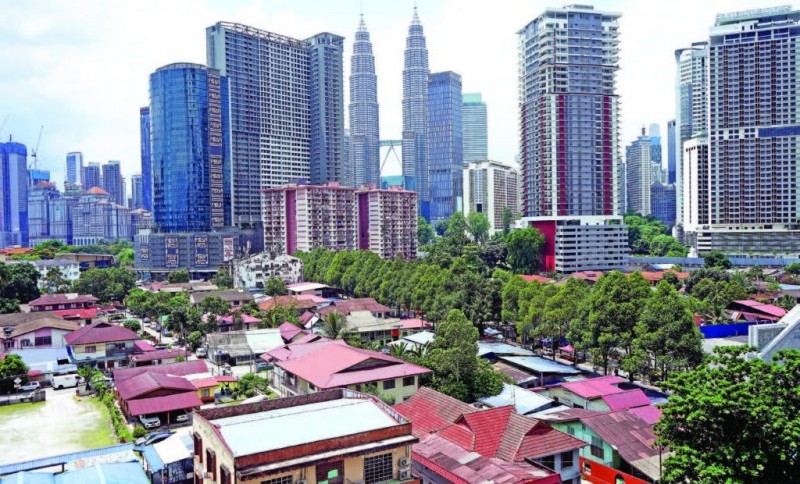
THE country’s science, technology and innovation (STI) ecosystem have room for improvement, according to a top official from the Academy of Sciences Malaysia (ASM).
ASM president Prof Datuk Dr Asma Ismail said “great ideas” have been rolled out in previous plans like the Multimedia Super Corridor, New Economic Policy and Malaysia Education Blueprint 2013-2025.
“Unfortunately, we do not see the full impact of these plans or policy as it was envisioned to achieve like countries such as South Korea and Singapore. We have pockets of success stories and it’s regarded to be achieved by chance and not by design,” Dr Asma said at a virtual discussion of ASM 35th IdeaXChange yesterday.
ASM is mandated to provide strategic advisory inputs to the government and stakeholders as well as pursue excellence in science, engineering and technology for the benefit of all.
Commenting on the STI eco-system, she said: “It tends to adopt a piecemeal approach and is fragmented in many ways, rom governance management cycle, investment, talent development, to infrastructure — we lack focus and consistency during implementation.”
Dr Asma said Malaysia’s resources were also spread thinly, thus diluting the impact of investments.
“It also did not help that our industries are, by and large, risk-averse when it comes to investing in research and development (R&D).”
She said the nation’s gross domestic expenditure on R&D (GERD) to GDP averages around 1%, while developed countries spend at least 2% to 4% on their research activities.
Citing statistics from the Science Outlook 2020 report, she said close to 80% of Malaysia’s research personnel are concentrated in institutions of higher learning while only 15% are in the business sector, impacting the nation’s innovation and productivity.
“Then again, almost 98.5% of the businesses in Malaysia are micro, small and medium enterprises and it is not surprising most do not invest in R&D and certainly do not hire those with the doctor of philosophy. This has created a vacuum in creating high-end jobs,” she said.
She noted that the collaborations among universities, business enterprises, incubators and economic corridors to perform high-end R&D have not been as significant.
“This has created an innovation chasm resulting in a poor return of value from research, development, commercialisation and innovation activities. The impact of the R&D done in the ivory towers has not translated to spur indigenous technology development and social innovations,” she said.
Dr Asma said the government has made efforts to embed STI across ministries as well as achieve GERD of 2.5% GDP by 2025 for high economic returns and delivering value for the people in the 12th Malaysia Plan (12MP).
“ASM has seen many of our recommendations and input being taken up by the relevant ministries and national councils,” she said.
For the 12MP, they included the establishments of Malaysia Science Endowment, Technology Commercialisation Accelerator, Research Management Unit under Economic Planning Unit (EPU) and the adoption of 10-10 MySTIE framework across all ministries.
She said the National Policy on Science, Technology and Innovation 2021-2030, developed by ASM for the Ministry of Science, Technology and Innovation, will serve as a backbone in strengthening the STI ecosystem and the implementation of the 12MP.
“I hope we can impress upon EPU to allow ASM to be an independent monitoring entity to the government in addressing the gaps and issues of ineffectiveness especially in the case for water transformation and of course the effectiveness of the 10-10 MySTIE framework,” she said.
Source: https://themalaysianreserve.com/2021/10/26/much-room-for-improvement-in-malaysias-sti/

